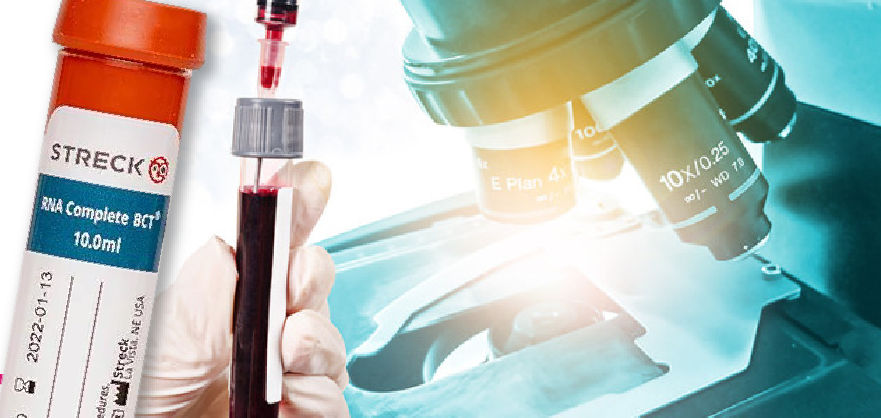8p22, LPL
Loss of LPL, del(8p22) Lipoprotein lipase (LPL) gene located at 8p22 region and c-myc gene located at the 8q24 region, allows for prognosis in prostate cancer. Two of the most significant genetic alterations detected in prostate cancer include 8q24 gain and loss 8p21-22 heterozygous. It has been found that deletion of LPL locus is observed in 68% of analyzed prostate cancers by FISH analysis. […]


